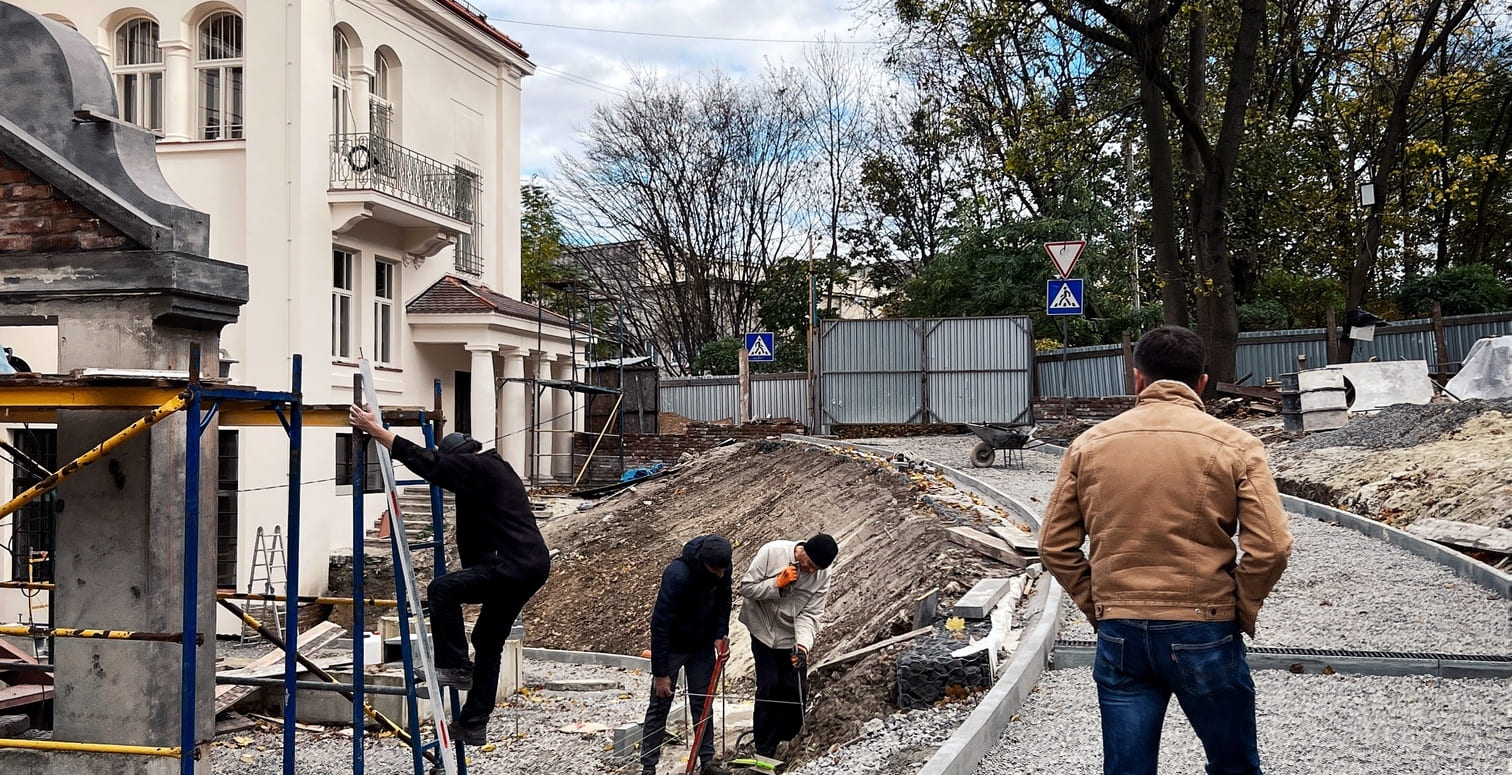Test elements
Interior design is a captivating art that seamlessly blends style, functionality, and refined taste. Today, let's delve into the world of our talented interior designer to unveil the secrets of his creative process.
Studio and Inspiration
Our designer chooses a workspace filled with light and energy for his creations. His working studio is a place where ideas come to life and the potential of a space is realized. Strategically placed greenery, artistic masterpieces, and material samples create the optimal creative atmosphere.

Learn how to describe the purpose of the image(відкривається у новій вкладці). Leave empty if the image is purely decorative.
The Creation Process
The designer starts his day by studying the project and analyzing the existing space. Every detail is carefully examined, taking into consideration the client's preferences and the unique features of the space. Following this, it's time for sketches and concepts
Certainly, here are a few key aspects that are important for an interior designer:
- Spatial Perception: A designer should have the ability to understand and feel space, adapting it to meet the needs and style preferences of the client.
- Knowledge of Trends and Innovations: The field of design is in constant evolution. A designer should stay informed about new trends, materials, and technologies.
- Ergonomics and Functionality: Good design should not only be aesthetic but also practical. Considering ergonomics and ensuring efficient use of space is crucial.
- Color Theory and Palette: Understanding the impact of colors and their interactions is essential.
A crucial part of the process is the selection of materials and colors. Our designer meticulously studies the palette, choosing fabrics and textures that align with the overarching concept. His studio transforms into a true laboratory of ideas, where each element holds significance.
Working with Interior Elements
Once the foundational concepts are in place, our designer focuses on the interior elements. Furniture arrangements, lighting schemes, and spatial considerations are meticulously addressed to ensure a harmonious blend of aesthetics and functionality.
Communication with the client is paramount throughout the process. Regular updates and collaborative discussions ensure that the client's vision aligns seamlessly with the evolving design.
Certainly, here are a few more important aspects
- Client Interaction: Successful design takes into account the desires and needs of the client.
- Technical Knowledge: Understanding architectural aspects, technical characteristics of materials, and furniture.
- Creative Approach: A designer should have a creative approach to problem-solving and the ability to think beyond conventional solutions.
- Project Management: The ability to effectively manage time and resources, set priorities, and adhere to project schedules is crucial for the successful execution of a design project.
Presentation of the Final Concept
After rounds of refinement and adjustments, the final concept is presented to the client. Detailed visualizations, mood boards, and material samples bring the design to life, allowing the client to envision the transformed space.

